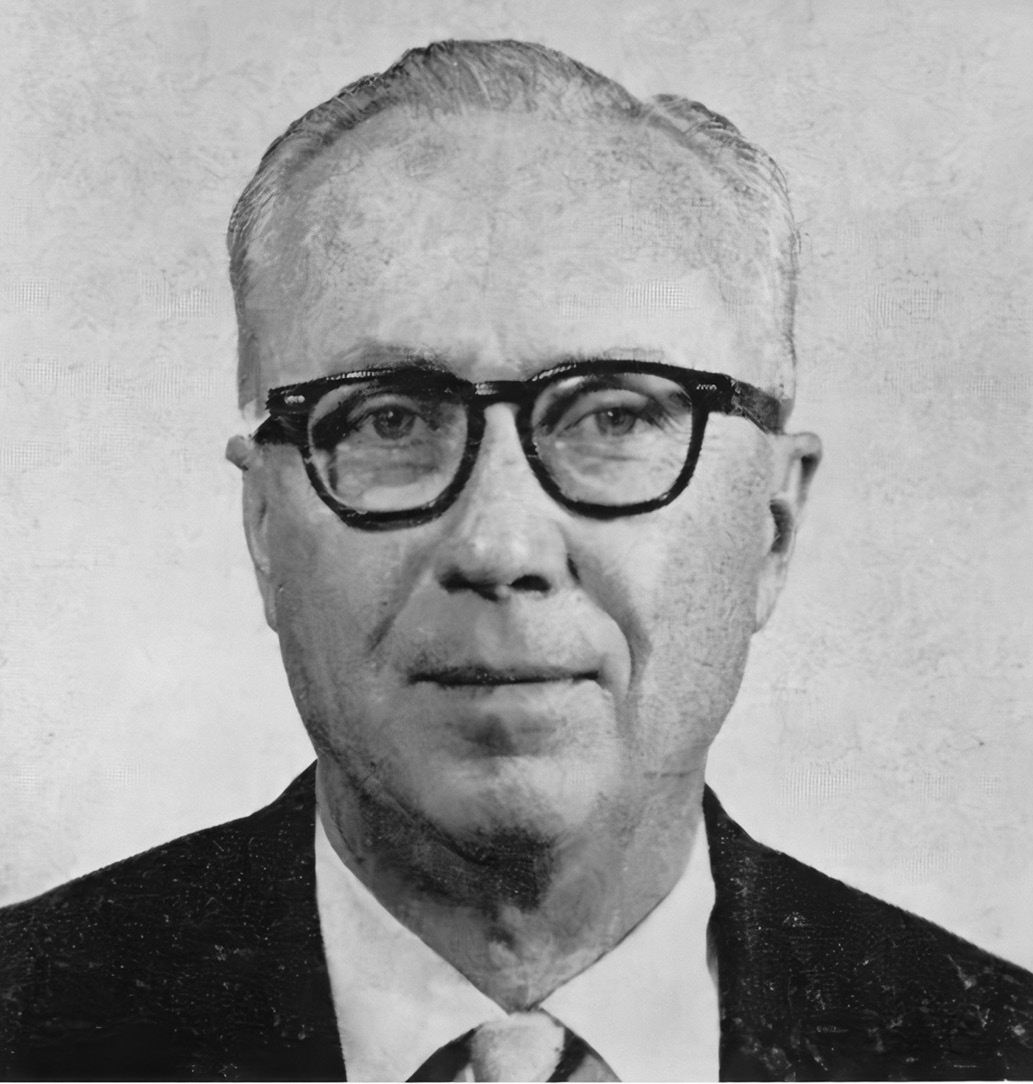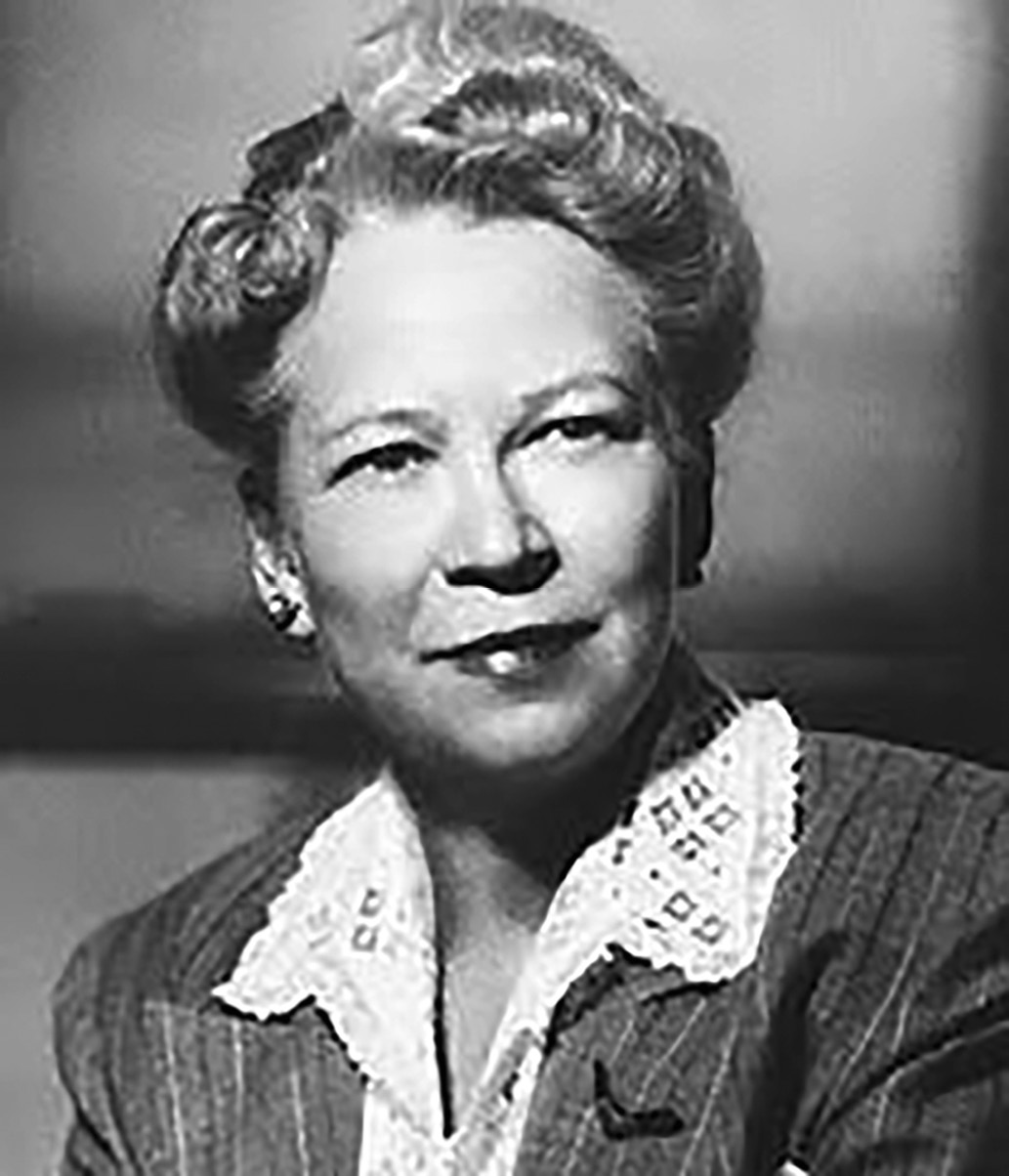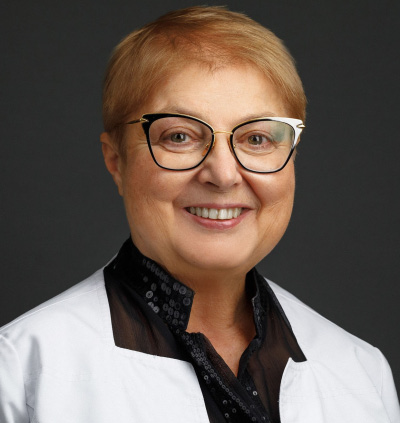Review
Salt iodization in Europe and Central Asia Region (ECAR) countries has a long history. Universal salt iodization (USI) strategies were reintroduced in ECAR countries in the mid-1990s and gained strong momentum during the 2000–2009 decade: by the end of 2009, access to adequately iodized salt by the population in ECAR had risen to 55% — a quantum leap improvement compared to a previous decade but still short of the operational target of 90%. The objective of this review was to document the USI achievements and challenges in the 18 ECAR countries during the decade of 2010-2020 and developed recommendations for actions to maintain the USI. The review was conducted by analysis of information obtained from a variety of sources, including communication with UNICEF country offices, IGN National Coordinators as well as online resources and publications available publicly. Based on available information, countries of the ECAR fall into 3 groups. Group 1. USI at scale: 11 countries (Armenia, Azerbaijan, Bosnia and Herzegovina, Kosovo, North Macedonia, Montenegro, Serbia, Turkmenistan, Kazakhstan, Kyrgyzstan and Georgia) successfully sustained the adequate iodine status achieved earlier. This group should focus on USI maintenance ensuring that the USI target of uninterrupted universal use of iodized salt in households and food/bakery industry is included into relevant national programs, along with the salt reduction targets. Group 2. USI at scale but risk of slippage: 3 countries (Albania, Moldova and Kyrgyzstan) sustained the adequate iodine status of population but their household use of adequately iodized salt remains low and the use of iodized salt in processed foods — patchy, with weak regulatory monitoring and enforcement systems in place putting sustainability at risk. Recommendations for these countries are to secure strong regulatory monitoring and enforcement of the national iodized salt standards to ensure consistent and high (>90%) use of iodized salt at household level as well as in production in key salt-containing industrially processed staple foods (especially, bread). Group 3. USI — more efforts needed: in 4 countries (Russia, Tajikistan, Ukraine and Uzbekistan), the population and, specifically, most vulnerable groups continued to suffer from inadequate iodine status. This group of countries will need to enhance and expand their existing USI effort by better engaging with salt producers and private sector and identifying resources for improved regulatory monitoring. Adoption of USI legislation is paramount to reaching high iodized salt coverage and optimum iodine nutrition in Russia and Ukraine.
The data and information in the present review confirm that USI strategy is successfully sustained in the majority of countries in the ECAR. The experiences in this region add to the growing evidence that USI is effective in alleviating iodine deficiency in the population and support the view that global success can be achieved by ensuring that food-grade salt iodization becomes the norm in the salt industry and society.
Case Report
Thyroid stimulating hormone (TSH) is one of the key indicators in the diagnosis of the thyroid gland functional disorders. Minor changes in TSH concentration make it possible to suspect thyroid dysfunction even before clinical manifestations, which increases the value of correct and timely measurement of it. In the clinical practice, an endocrinologist often encounter the well-known phenomenon of macroprolactinemia; a much less common phenomenon is macrotyrotropinemia (macro-TSH). The presence of macro-TSH complexes can be suspected when the serum detects atypically high TSH values with reference values of FT4 without any signs of hypothyroidism. Since the phenomenon is based on an autoimmune mechanism, macro-TSH can often be detected in patients with autoimmune thyroiditis (AIT). This article presents clinical cases of patients with a combination of the macro-TSH phenomenon and primary hypothyroidism due to AIT.
Short messages
Leonidas D. Marinelli is the greatest Italian-born American radiological physicist. Thanks to his efforts, we have an idea of the effect of radiation on the body; in medical practice a unique treatment for thyroid cancer with the help of the radioisotope I131 has appeared. The article describes in detail the life path and the formation of a scientist, which deserves special attention from readers, since Marinelli came to success thanks to his own perseverance and work, despite all the difficulties and obstacles, he received a higher education in America, found a mentor in the person of Dr. Joachino File, with whom they later became colleagues, realized their potential, made many discoveries at the intersection of physics and medicine, which are relevant to this day. Special attention in this work is paid to two significant discoveries of Marinelli, these are Marinelli’s vessels, which allow registering gamma-radiation, and Marinelli’s formula, designed to calculate the therapeutic activity of I131. We analyzed all the available materials, selected, highlighted in our article various life stages and life spheres of a scientist, tried to explain the essence of his activities as much as possible.
At the beginning of the 20th century, the whole world was searching for radioactive substances application, in particular radium. Radium can be used to treat oncology, but no one knew the verge of overdosing and underdosing. The founder of radiobiology can be considered Lewis Gray, who introduced unit for absorbed dose of radiation [1]. It was Edith Quimby who started looking for that therapeutically effective absorbed dose. It’s to calculate the minimum effective dose of activity for each patient. She has written 75 articles, published books that have become used concepts in biophysics, and handbooks of modern editions of radiologists. She became the first woman and the first physicist to become president of the American Radium Society, an organization dedicated to the study and treatment of cancer. At one time, Arthur Compton spoke about the need to introduce and apply physics in medicine, and Quimby, in her acceptance speech, outlined the need for an organization of medical physicists, and in 1958, owing to her, the American Society of Medical Physicists was created. Edith Quimby was and remains an iconic figure in the history of the development of medical physics.
Editorial
Galina Afanasyevna Melnichenko is a well-known Russian endocrinologist-researcher, academician of the Russian Academy of Sciences, author and head of fundamental and applied research. G.A. Melnichenko is one of the leaders in creating a methodology for organizing the endocrinological service of the Russian Federation. G.A. Melnichenko made a great contribution to the formation of modern ideas about the role of autoimmune and iodine deficiency states in the development of thyroid pathology. Leading Russian specialist in diseases of the hypothalamic-pituitary system, orphan endocrinopathies, adrenal pathology, multiple endocrine neoplasia syndromes.

This work is licensed under a Creative Commons Attribution-NonCommercial-NoDerivatives 4.0 International License (CC BY-NC-ND 4.0).
ISSN 2310-3787 (Online)








































